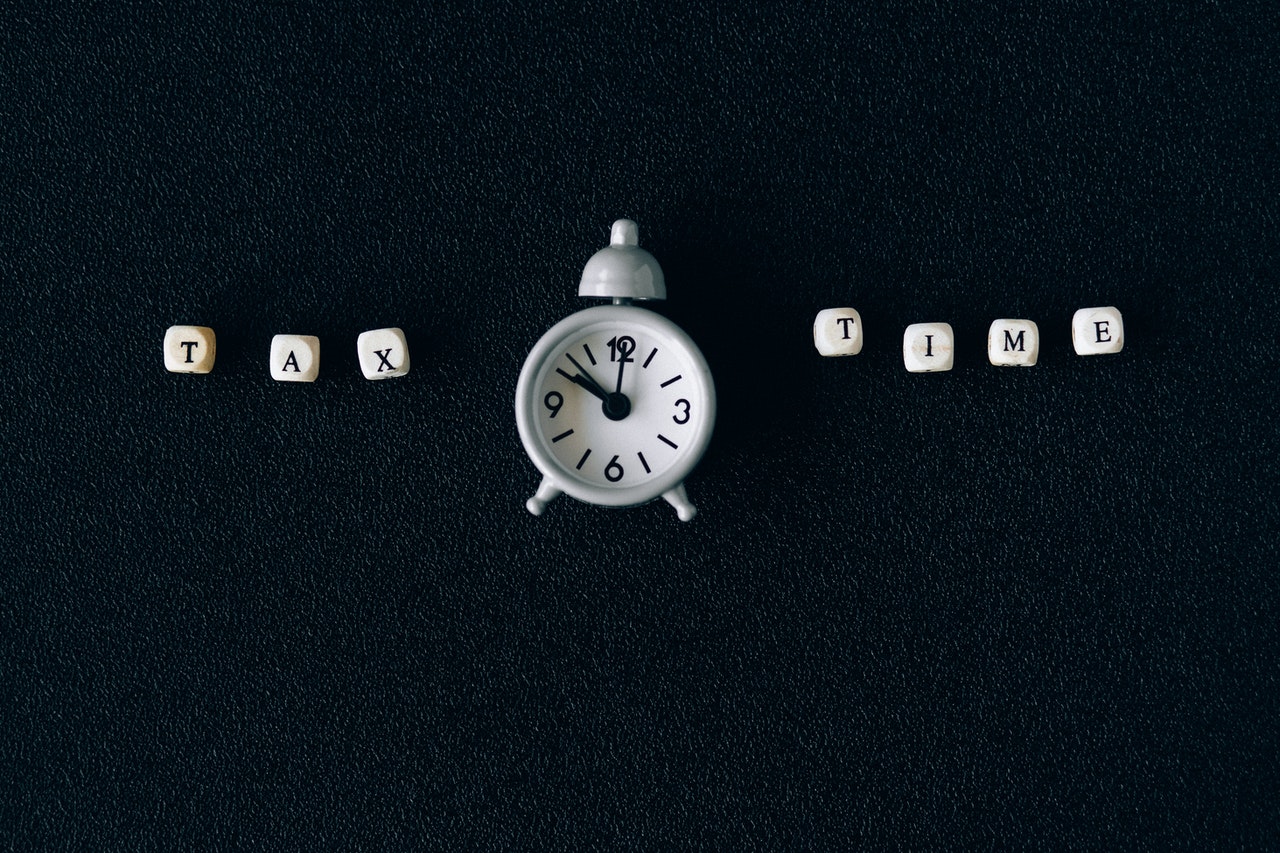
Preparing VAT Returns – how can an accountant help?
If you have just started up your own business, it may be worth deciding whether you need to be VAT registered from the outset or not. This may sound daunting to a new business owner but having this arranged from early on may help you later on down the line should it become obligatory for you to register for VAT.
In the UK, a limited company will need to register for VAT with HMRC when they reach £81,000 turnover and submit a VAT return every quarter. Value-added tax (VAT) is tax due to HMRC on sales of not only goods but also on services rendered, which are not exempt from VAT. There are a number of procedures and regulations that need to be adhered to and to ensure that you get this VAT return right, we recommend that you use an accountant.
Without the help of a qualified, experienced accountant you could find yourself with late VAT registration, errors, late VAT returns and late VAT payments. These can all lead to penalties and possibly interest being charged.
It isn’t impossible to do all of this yourself, HMRC provides sample company accounts and templates on its website hmrc.gov.uk. However, to successfully complete this process you would need an understanding of the VAT process. This can be time-consuming and confusing. Not only will an accountant ensure you have got it right, but they will also check that you have claimed for all the expenses and depreciation you are entitled to, and make sure you file and pay in time.
Choosing the right VAT Scheme for your business
If you are thinking about registering for VAT then there are a number of schemes to choose from. As a business, you can choose between Standard VAT Accounting, Flat Rate VAT or the Cash Accounting. For more information or tax return help contact one of our VAT return accountants.
Standard VAT Accounting
On the standard VAT scheme, businesses need to add up the VAT they have charged to their clients and deduct the VAT they have paid on goods and services purchased. One of the main advantages that most businesses gain from becoming VAT registered is being able to claim back the cost of VAT paid on any purchases for goods or services made through the business.
You will need to complete a VAT return every quarter and your return will need to include:
Output tax – Output tax is the VAT that is calculated and charged on the sale of goods and services from your business if you are VAT-registered. Output VAT must be calculated when goods or services are withdrawn for private use from a registered business. Even if they have been invoiced but you are yet to collect a payment, you must still include the VAT on your return for that quarter.
Input tax – Input tax is what you yourself have been charged in VAT. The amount that has been added on to goods or services you have bought from your suppliers during that quarter. The amount of input VAT that’s added varies depending on whether the goods or services are taxed at the standard, reduced or zero rates of VAT. As with output tax, you must include anything billed during that period, even if you haven’t yet paid for it.
The Flat Rate VAT Scheme
If you have registered your company for the Flat Rate Scheme then you will not be able to claim back VAT you have been charged on goods and services (your input tax). With the Flat Rate Scheme you do not need to complete detailed VAT returns outlining all your input tax. This means that the extra revenue and the simplified VAT returns means many sole traders and freelancers chose the Flat Rate Scheme for dealing with VAT.
In basic terms, you would charge VAT on your goods and services at the full amount of 20 per cent, but then would only pay HMRC back a reduced amount, usually around 13.5 to 14.5 per cent depending on what industry you work in. This difference can provide a significant boost to your income over the course of a year.
Cash Accounting VAT Scheme
The Cash Accounting Scheme is often used by companies who would benefit from only paying back VAT to HMRC once they have been paid by their clients or customers. The scheme is restricted to businesses with an annual turnover below £1.35m.
Similar to standard VAT accounting, you will need to fill out a quarterly VAT return detailing your input and output tax (see above). The main difference is that if you raised an invoice in March but it isn’t paid until June, then you would pay the VAT back to HMRC in the June quarter, not in the March quarter.
Our tax return assessment specialists can deal with all HM Revenue & Customs routine self-assessment income tax enquiries, letters and inspections on behalf of our clients. Therefore, rest assured the stress and strain of tax returns of Inland Revenue will be removed from your shoulders as every step is dealt with by us. If you would like more information on how we can assist with your VAT Returns, then don’t hesitate to contact us today.
